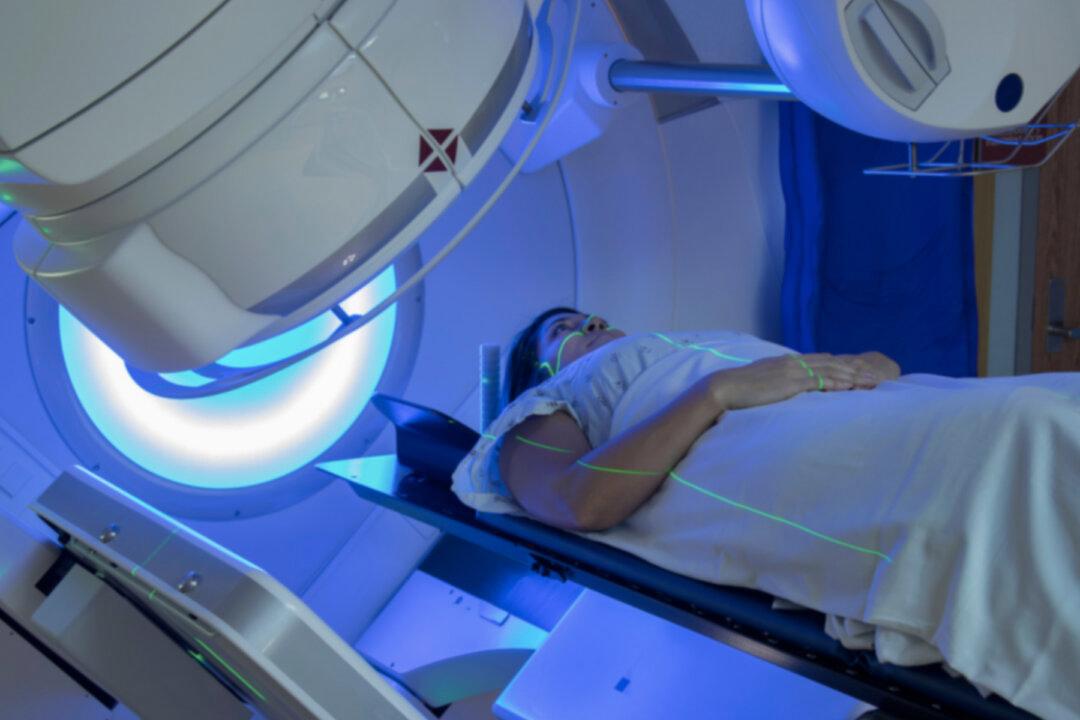Describing herself as a “proud nerd,” Macinley Butson has always wanted to help people with her scientific inventions. Her story began as a child inventor when she designed a pair of sunglasses with an adjustable tint; as a teen, she’s moved into the realms of medical physics.
“Living in an information age now, especially in my generation, we’ve been able to grow up with the world at our fingertips,” Butson said in an interview with YouTube, the platform that helped her get to where she is today, in May 2019.




